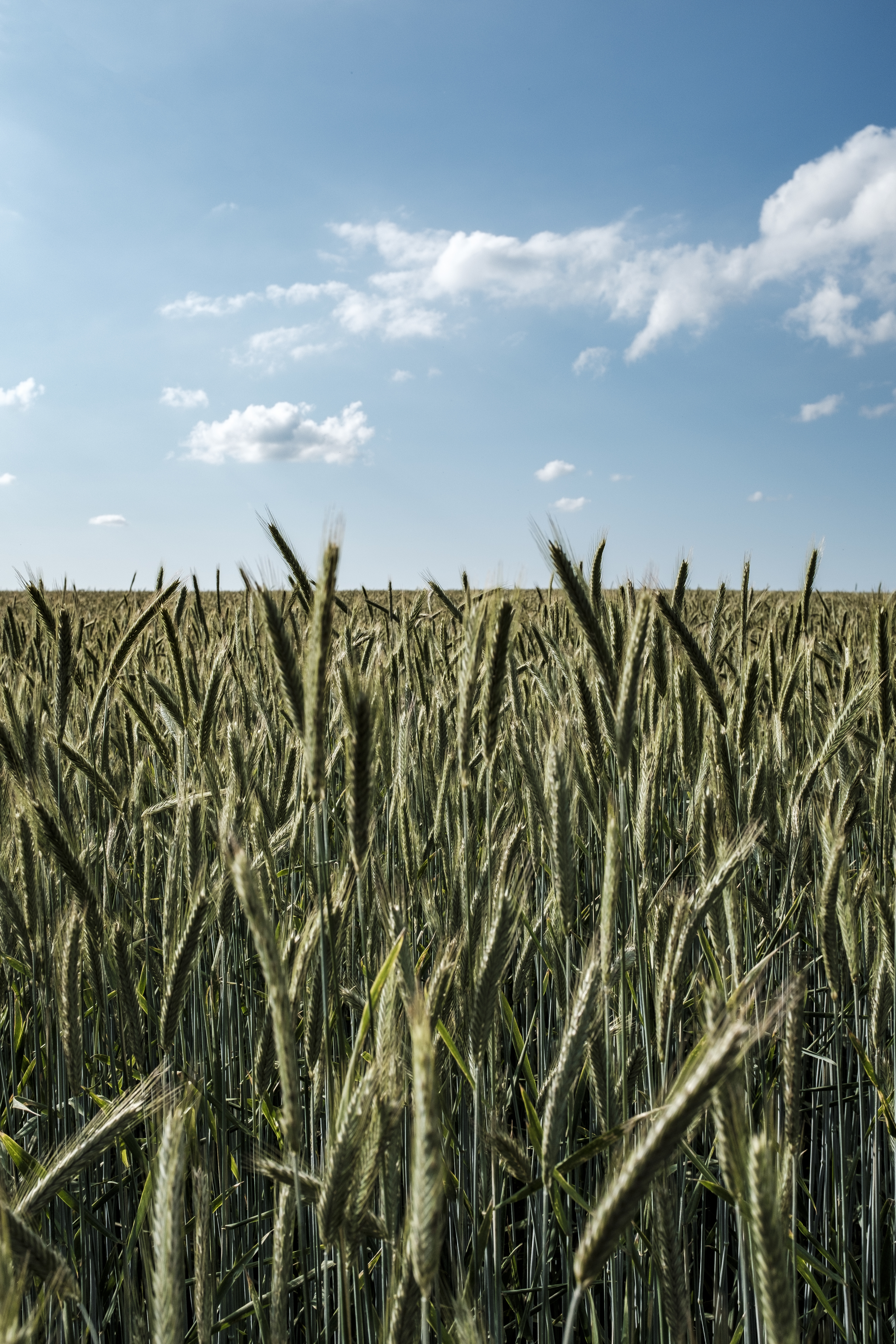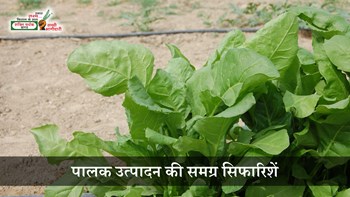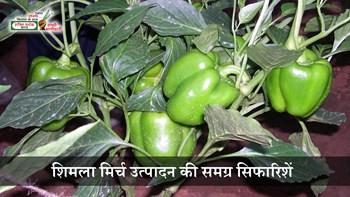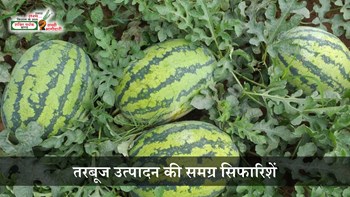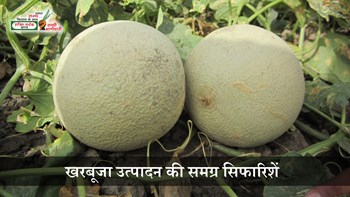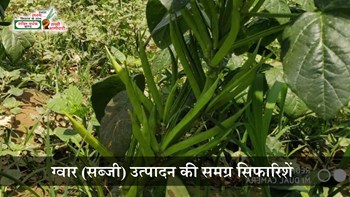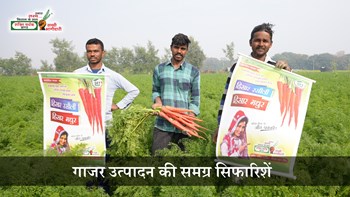Climate and Soil Requirements
Bajra is a warm-season crop and requires a dry and hot climate for optimal growth. It can thrive in areas with rainfall ranging from 300 mm to 600 mm. Being a drought-tolerant crop, it grows well in sandy to loamy soils with good drainage. Slightly alkaline to neutral soils (pH 6.5 to 8.0) are ideal.
Land Preparation
The land should be plowed 2–3 times to make the soil fine and weed-free. Leveling the field ensures uniform moisture distribution. Application of well-decomposed organic manure during land preparation improves soil fertility and water retention.
Sowing Time and Method
Bajra is typically sown with the onset of monsoon (June to July in India). In some regions, a rabi (winter) crop is also possible with irrigation. Seeds can be sown either by broadcasting or by using a seed drill, maintaining a row spacing of 45 cm and plant spacing of 10–15 cm. The recommended seed rate is about 4–5 kg per hectare.
Fertilizer Application
Although Bajra can grow in poor soils, nutrient application significantly enhances productivity. A basal dose of 40–60 kg nitrogen, 20–30 kg phosphorus, and 20 kg potash per hectare is generally recommended. Split doses of nitrogen (half at sowing, half at tillering) help improve yield.
Irrigation
Bajra is typically grown under rainfed conditions, but supplemental irrigation at critical stages like flowering and grain filling can greatly enhance yields. In irrigated conditions, 2–3 irrigations are sufficient during its growth cycle.
Weed and Pest Management
Weed control is crucial in the initial 30 days of growth. Manual weeding or intercultural operations can help manage weeds effectively. Bajra is relatively resistant to pests and diseases, but common issues include downy mildew, smut, and stem borers. Using certified seeds, crop rotation, and timely spraying of fungicides or insecticides can manage these problems effectively.
Harvesting and Yield
Bajra matures in about 75–100 days, depending on the variety and climate. The crop is ready for harvest when the grains become hard and the plant turns yellowish. Manual harvesting with sickles is common, followed by drying and threshing. The average grain yield is around 15–25 quintals per hectare, with higher yields possible under optimal conditions.
Nutritional and Economic Importance
Bajra is rich in protein, fiber, iron, and magnesium, making it an excellent food for health-conscious diets. It is also gluten-free. Economically, Bajra serves as an important food and fodder crop, especially in drought-prone regions. In recent years, its demand has increased due to a rise in health food trends.
